Vines For Full Sun Locations: Growing Vines That Like Sun


Gardening interest in vertical growing has increased in recent years and full sun vines are among the easiest to train upward. Expected to increase even more, vertical growing is among the list of trends for the upcoming year and possibly the entire decade.
Vines That Like Sun
Trailing upward, vines that like the sun can grow up a fence, trellis, or an arbor with various purposes in the landscape. Vertical vines can be used to add privacy or block a view from next door. An arbor can be used as an entrance to an area of the yard or garden. Loaded with flowering vines, it becomes even more spectacular.
Below are some popular vines for full sun that will add a pop of color and a wow factor to the garden:
- Bougainvillea grows as an annual in the northern part of the U.S. It’s an old-fashioned beauty with blooms that appear in spring and remain until summer’s heat is too much for them. Colorful bracts and modified leaves on this plant surround the tiny, white flowers. It flowers best in a full sun area, getting at least six hours. Winter protection may be needed when growing bougainvillea in colder areas.
- Clematis is another beauty that performs most prolifically when growing upward. C. jackmanni is perhaps the favorite of the many types of clematis. Velvet-like, deep purple blooms fade to lilac as they wind down their summerlong show. This is one of the plants described as liking cool feet, or shade on the roots, while the foliage and flowers prefer the sun. Keep roots moist and add an attractive mulch to help keep them cool.
- Winter Jasmine (Jasminum nudiflorum) is also a favorite with northern gardeners because of its early flowers. Light-colored green foliage provides an unusual look when these sun-tolerant vines display foliage and blooms before spring becomes a season. Some years blooms appear as early as January. It is easy to get established and easy to care for. While the plant normally has shrubby growth, it is easily trained to grow vertically. Direct winter jasmine upward and you’ll find it easily cooperates with your direction.
- American Wisteria (Wisteria frutescens) is a counterclockwise twining grower with woody stems. It is native to moist thickets and swampy pond and stream areas in the U.S., reaching from Illinois south to Florida and beyond. Most grow it in the landscape for attractive purple blooms. These are among the hardiest vines for full sun and benefit from a sturdy support. Grow it in humus type soil that is regularly moist and slightly acidic. Pruning is necessary for this vine to continue flowering. American wisteria is not invasive, unlike the two other wisteria types.
Gardening tips, videos, info and more delivered right to your inbox!
Sign up for the Gardening Know How newsletter today and receive a free copy of our e-book "How to Grow Delicious Tomatoes".

Becca Badgett was a regular contributor to Gardening Know How for ten years. Co-author of the book How to Grow an EMERGENCY Garden, Becca specializes in succulent and cactus gardening.
-
 Types Of Tomatoes Explained: Explore The Many Wonderful Shapes, Colors, Flavors, & Best Uses
Types Of Tomatoes Explained: Explore The Many Wonderful Shapes, Colors, Flavors, & Best UsesThe world of tomato varieties is vast and fascinating. Learn about the key types to grow in your garden, tailored to your preferences and space.
By Amy Grant
-
 Try The Trend – Turn Any Bed Into A Keyhole Garden With This Clever In-Ground Composter
Try The Trend – Turn Any Bed Into A Keyhole Garden With This Clever In-Ground ComposterKeyhole gardening is an efficient and sustainable practice that saves space. Get started on this DIY project quickly and easily with an in-ground composter.
By Bonnie L. Grant
-
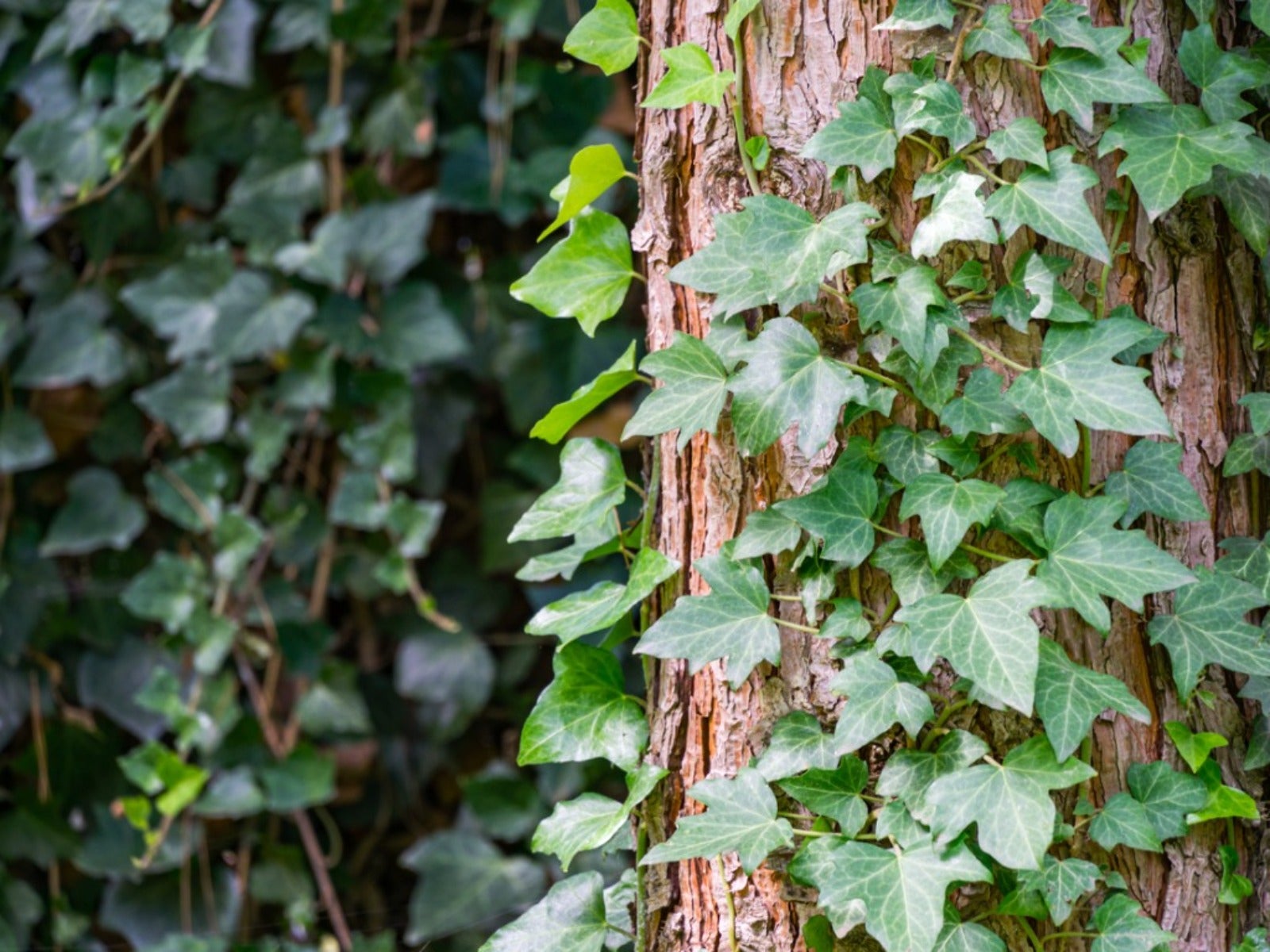 7 Invasive Vines To Avoid In Your Yard And Garden
7 Invasive Vines To Avoid In Your Yard And GardenWhat are some common invasive vines to avoid in your yard and garden spaces? Click here to find out.
By Susan Albert
-
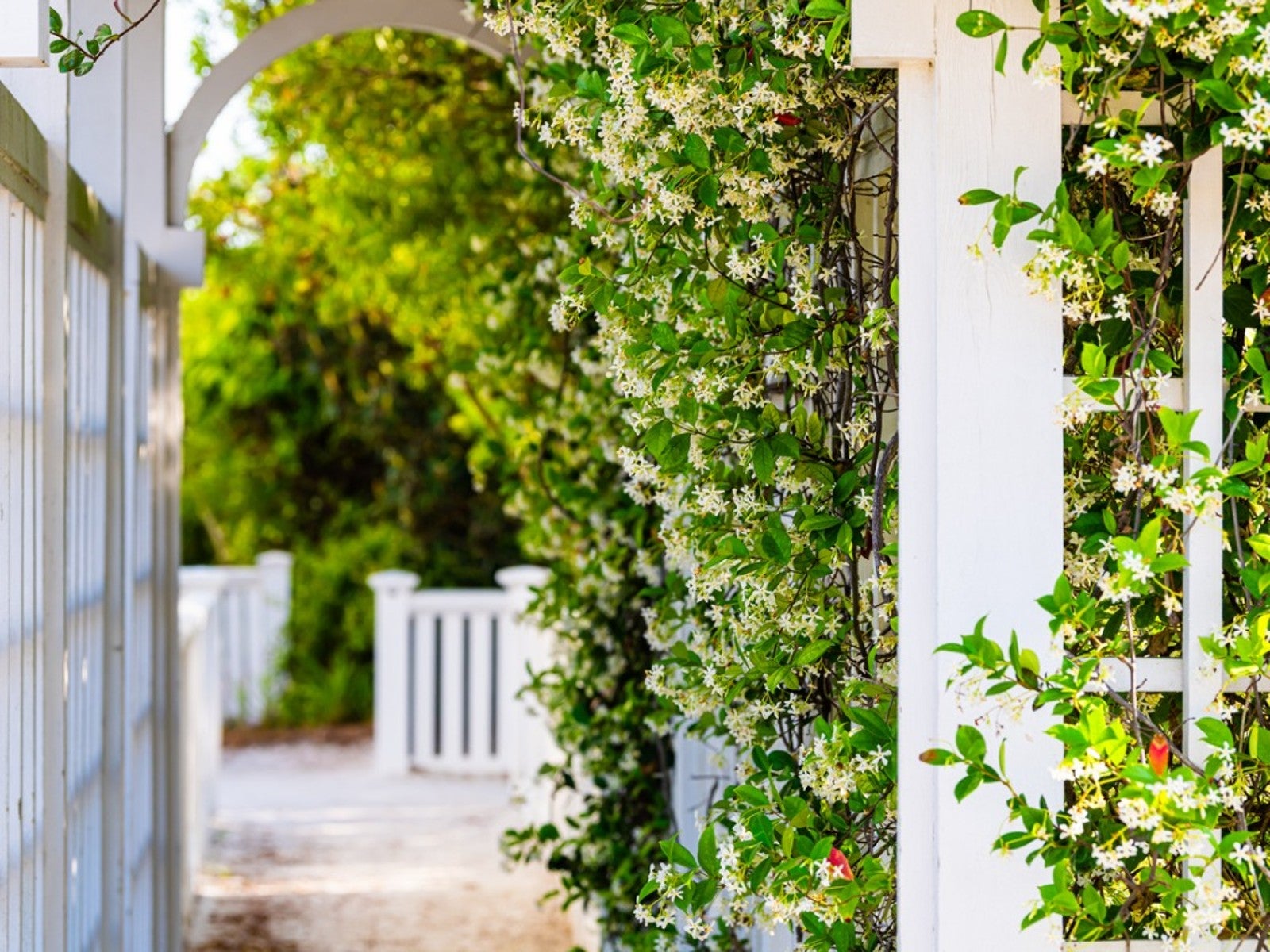 Fragrant Climbing Vines For Arbors And Trellises
Fragrant Climbing Vines For Arbors And TrellisesAdding fragrant climbing vines to the landscape adds a sense of height and olfactory pleasure! Climbing vines make your space more lush, interesting, and vibrant.
By Tonya Barnett
-
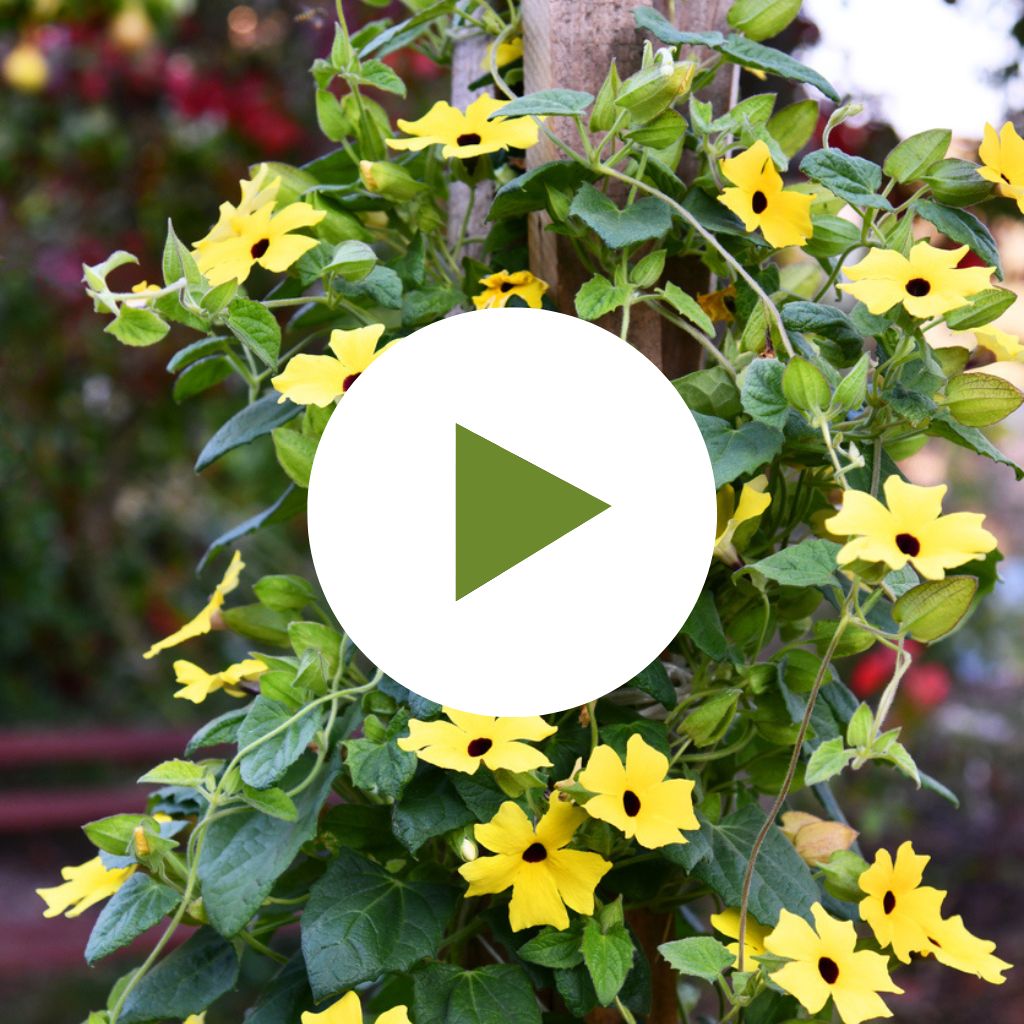 10 Flowering Vines With An Extended Bloom Season
10 Flowering Vines With An Extended Bloom SeasonWhether you’re short on space, need to add privacy or hide unsightly views, take advantage of your vertical space with flowering vines.
By Amy Draiss
-
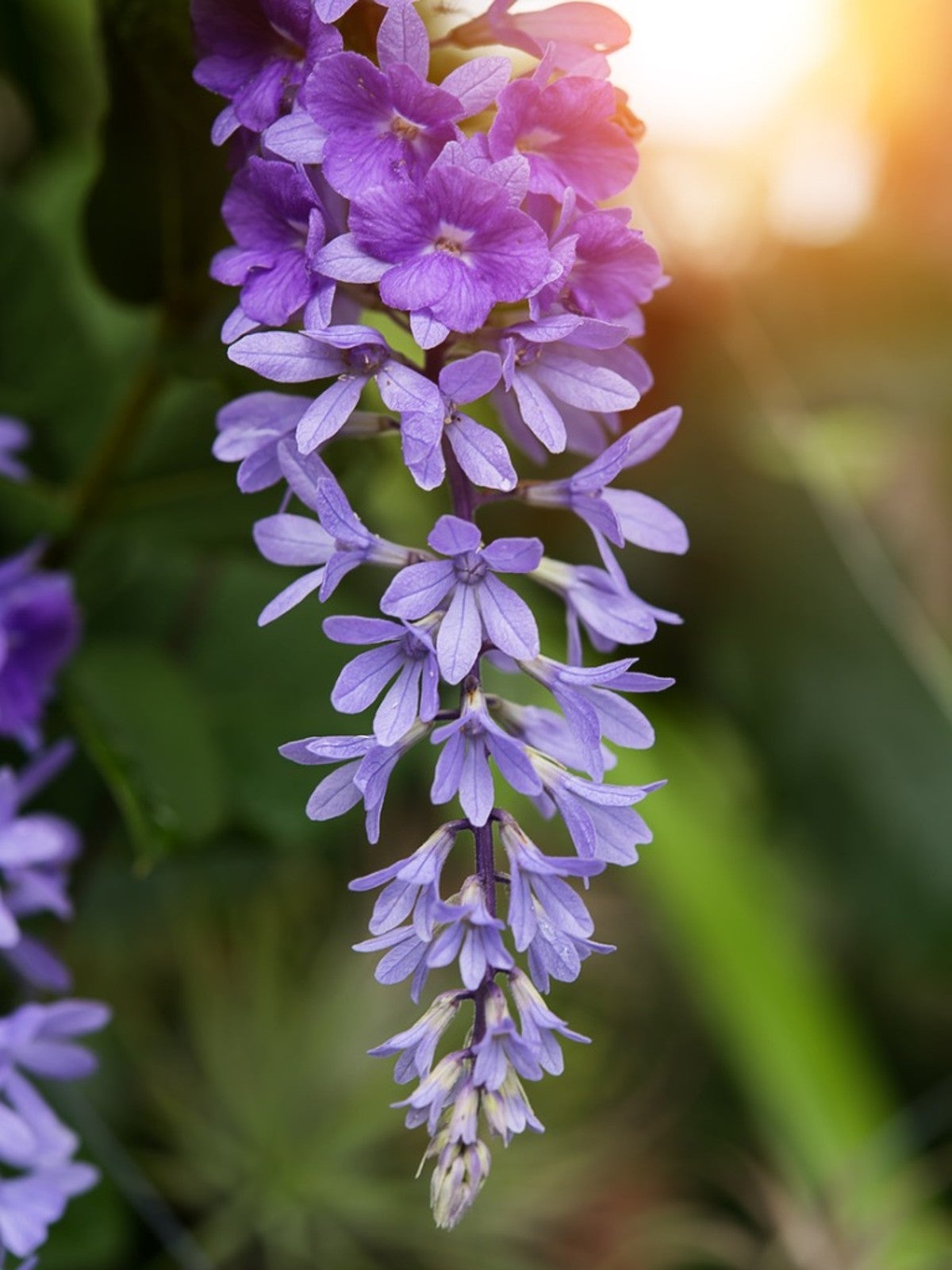 Queen’s Wreath Info – Learn About Growing Queen’s Wreath Plants
Queen’s Wreath Info – Learn About Growing Queen’s Wreath PlantsFor a touch of the tropics in your landscape, try growing queen’s wreath vine. The following gives information on how to grow and care for the vine.
By Amy Grant
-
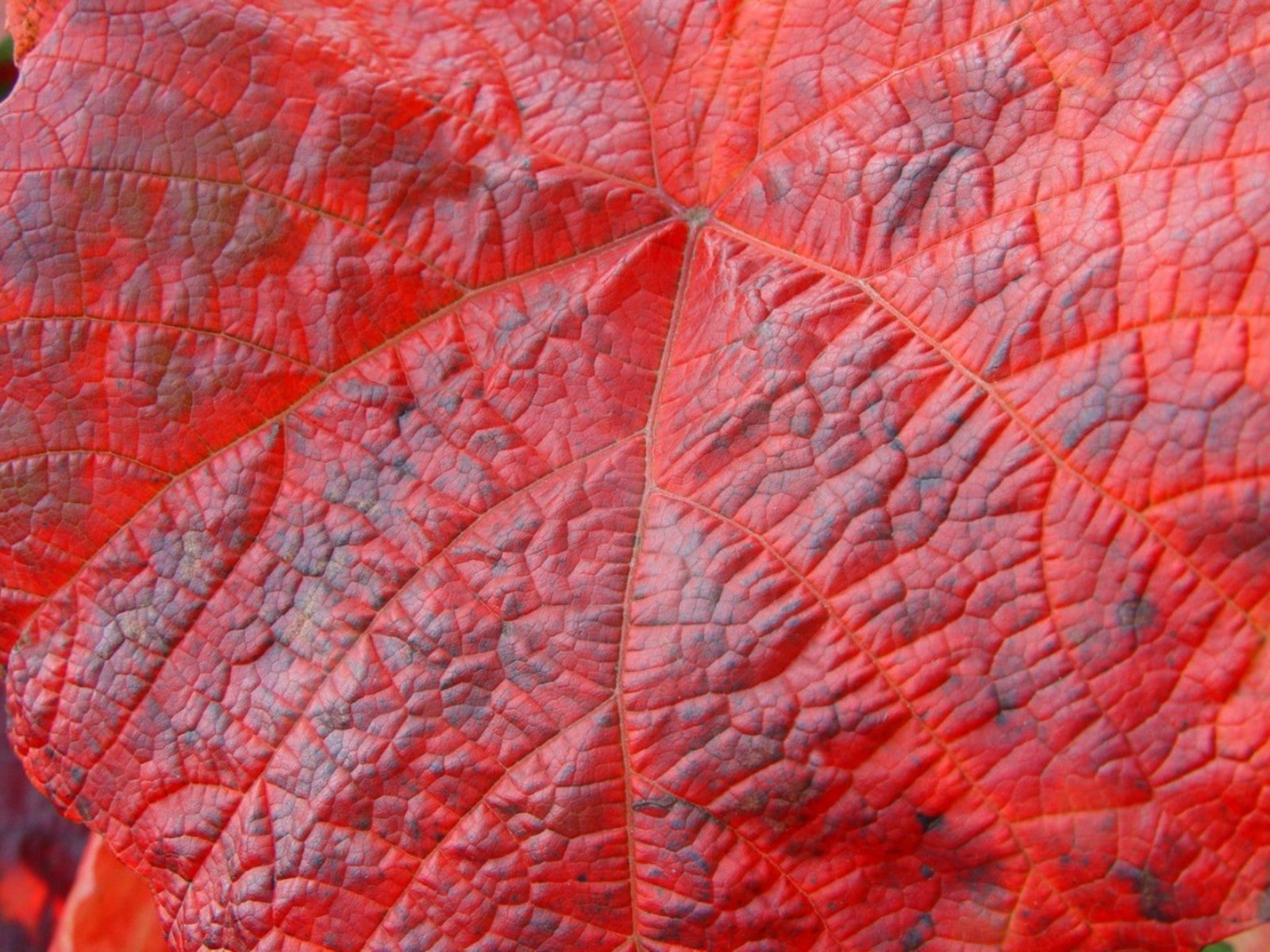 Crimson Glory Grapevines – Growing A Crimson Glory Vine Plant
Crimson Glory Grapevines – Growing A Crimson Glory Vine PlantAlso known as Crimson Glory grapevines, the Crimson Glory vine plant is actually an ornamental type of grape. Read on for more info.
By Tonya Barnett
-
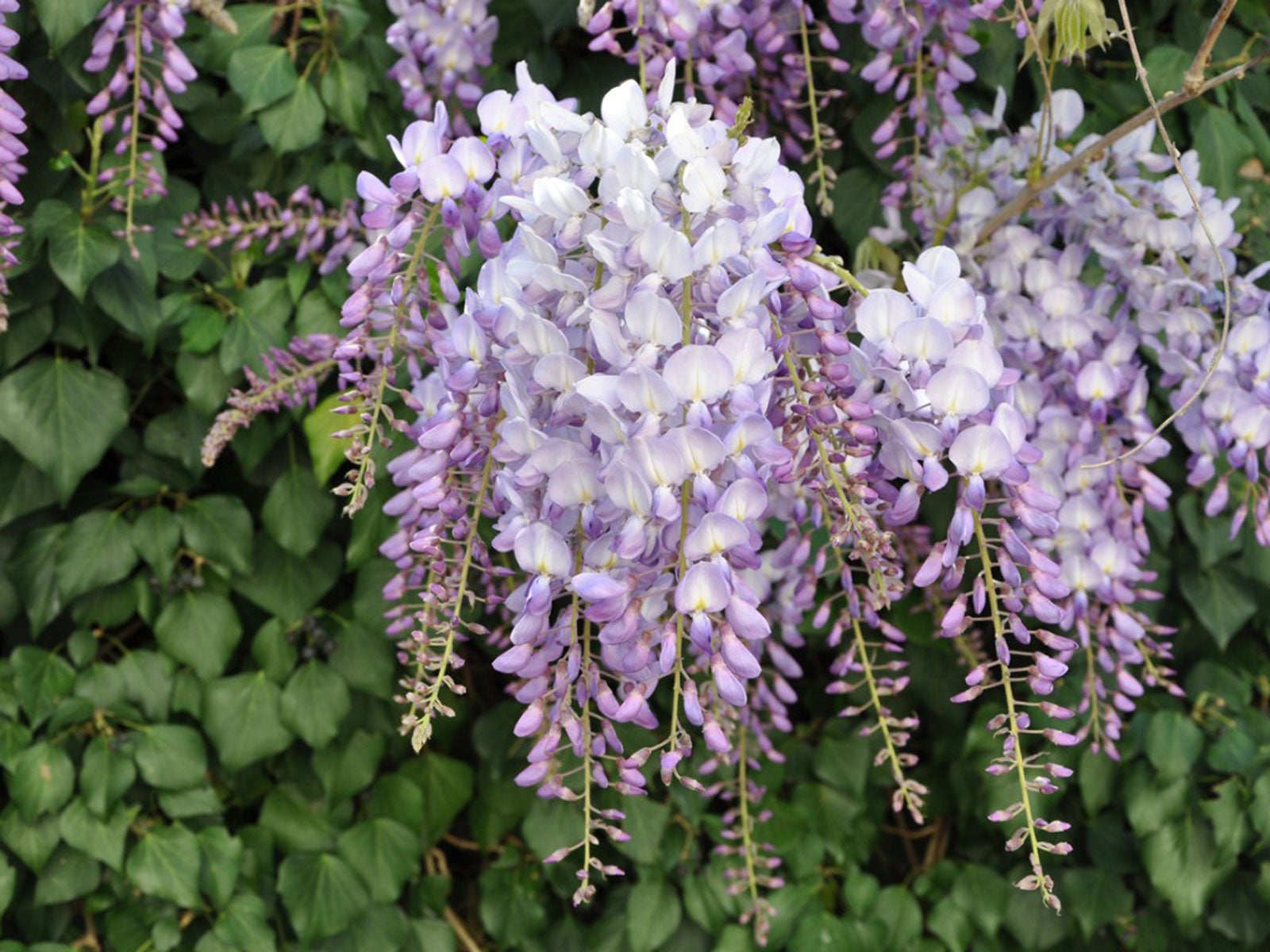 What Are Deciduous Vines: Growing Deciduous Vine Varieties In Gardens
What Are Deciduous Vines: Growing Deciduous Vine Varieties In GardensDeciduous vine care may be a bit more difficult than hardy evergreens but will be worth it when they come back in spring. Click here for more info.
By Bonnie L. Grant
-
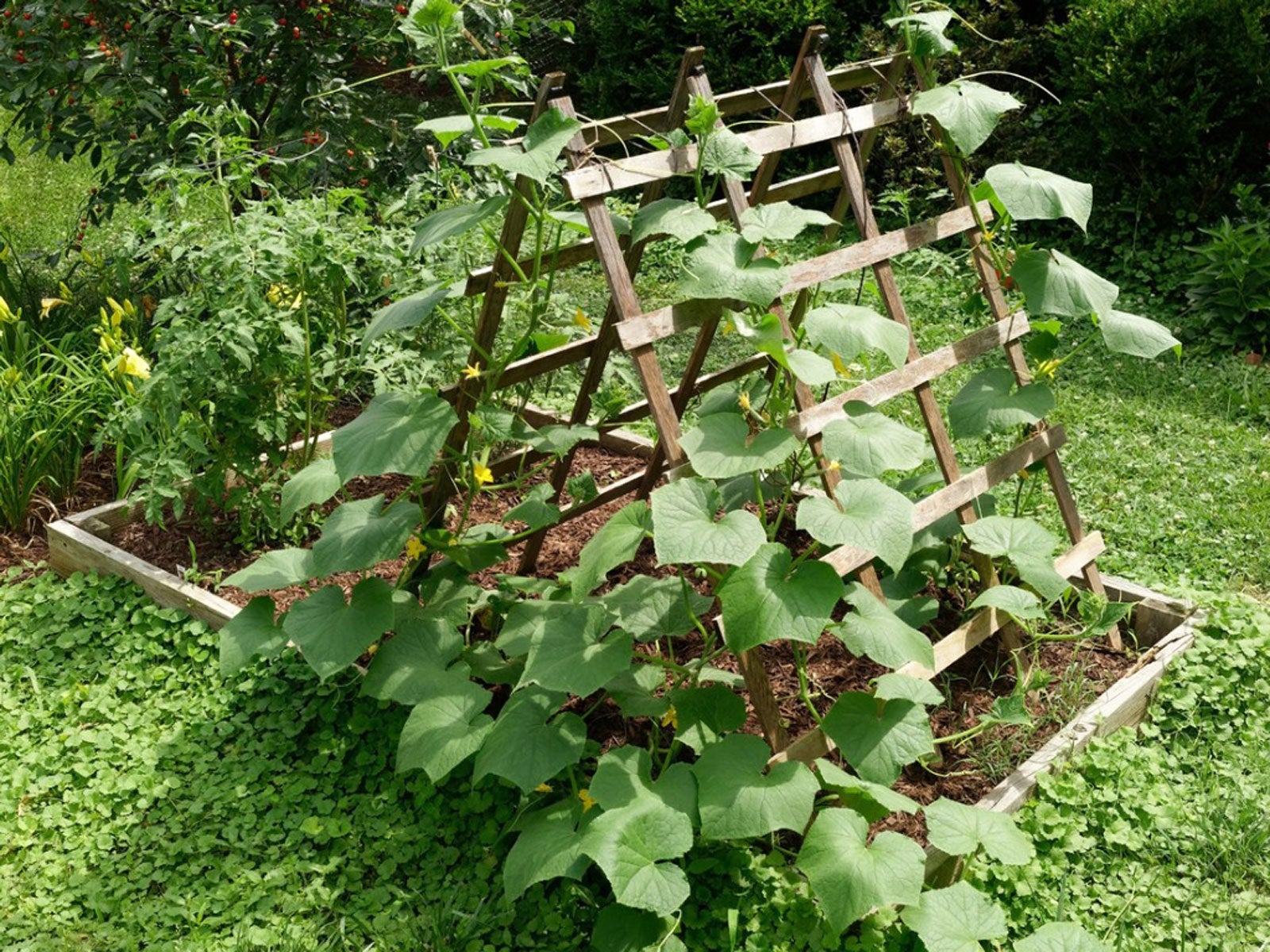 Different Trellis Types: Tips For Using Trellising In Gardens
Different Trellis Types: Tips For Using Trellising In GardensMaybe you confuse a trellis with a pergola, which is easy to do. If you’ve wondered exactly what a trellis is, click here to get more info.
By Becca Badgett
-
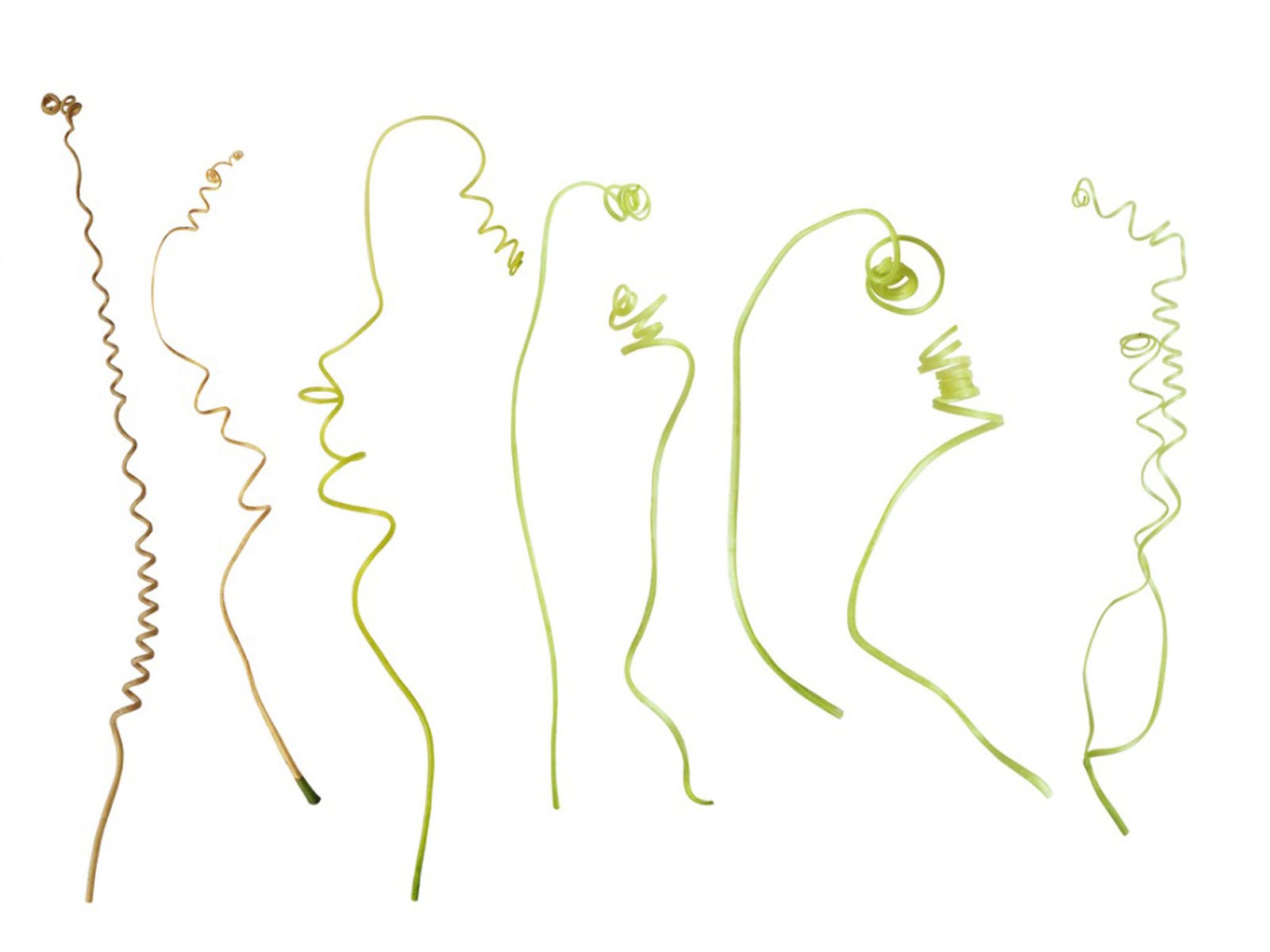 What Are Tendrils For – Should Tendrils Be Removed From Vines
What Are Tendrils For – Should Tendrils Be Removed From VinesMost gardeners have had one or more climbing plants in the garden that have tendrils. What are tendrils for? Should they be removed? Find out here.
By Amy Grant